written by Kamille D. Whittaker
written by Kamille D. Whittaker
As Black communities are being devastated by COVID-19, Georgia State researchers are working to illuminate the ways systemic racism drives health disparities, harming and even killing African Americans.
News broke last Aug. 24 that a white police officer had fired seven bullets into the back of Jacob Blake, a 29-year-old Black man in Kenosha, Wisc. That evening, Perimeter College theater instructor Dorothy Lennon-McFarland wrote on social media, “I’m exhausted and I’m giving myself permission to sit this one out. For my mental health […] I have to.”
Three minutes after Lennon-McFarland’s post, the first commenter co-signed her public lament: “Take care of yourself.”
A 2016 study released just before the anniversaries of the deaths of Eric Garner (2014), Michael Brown (2014), and Philando Castile and Alton Sterling (2016) found there could be millions of African Americans like Lennon-McFarland, for whom these killings — and the viral video evidence of them — have been psychologically damaging. And that’s not all. Structural racism has been shown to have a broad impact on the health of Black Americans, driving a preponderance of disparities at the population level and disproportionate morbidity and mortality rates in nearly every health category. COVID-19 bears out the same trend: Black Americans face a notably higher risk of contracting and dying from the virus. Residents of majority-Black counties have three times the rate of infection and almost six times the rate of deaths as residents of majority-white counties.
“Racism has been a pandemic for a long time,” says Sierra Carter, assistant professor of psychology.
Carter is one of a cross-disciplinary group of Georgia State University researchers and scholars who have long been investigating how racism affects health in America.
“One thing I’ve learned from the research I do, is that seeing [police brutality] on screens can be a collective experience for Black people,” Carter says. “That could be my son, my uncle, my brother. And for Black women, who are commonly seen as nurturers or family matriarchs, that could mean really internalizing a lot of these things, including the blame and pain of another Black death.”
For decades, public health and psychology experts like Carter have grappled with the effects of “weathering,” or the toll that repeated stressors experienced by Black people take on their health over time. Studies have demonstrated links between chronic stress and high blood pressure, increased maternal mortality rate among Black and Indigenous women, and the elevated prevalence of diabetes in Black, Latino and Indigenous populations, just to name a few.
“We know people live sicker and die younger in relation to the stress of racism,” Carter says.
Hired under Georgia State’s ResY Initiative to promote interdisciplinary research that works to solve health disparities, Carter examines how chronic stressors such as racism, but also trauma, grief and poverty, cause critical changes in the body. Last year, she led a study that examined research on the ways in which early-life stress from racial discrimination puts African Americans at greater risk for accelerated aging, a marker for premature development of serious health problems and perhaps a shorter life expectancy. Carter co-authored a paper this fall that found racial discrimination can become biologically embedded to impact racial disparities in birth outcomes, harming children from the moment they are born.
“If you saw a bear, your body would have a natural fight or flight response. Your body would be on guard for the moment, but after the bear was gone your body would eventually calm down,” explains Carter, who adds that in the case of chronic stressors, the “bear” never leaves and your body stays on high alert.
“When our bodies are living in environments that disproportionately lead to chronic stress, the body is never able to reach a balance or homeostasis.”
That’s how weathering works: Wear and tear of body systems over time due to continuous exposure to stressors.
“The body is stressed out,” says Carter. “There’s always a bear that isn’t leaving.”
“We know people live sicker and die younger in relation to the stress of racism.”
– Sierra Carter
“We know people live sicker and die younger in relation to the stress of racism.”
– Sierra Carter
“We know people live sicker and die younger in relation to the stress of racism.”
– Sierra Carter
While teaching at Atlanta University (now Clark Atlanta University) at the turn of the 20th century, sociologist W.E.B. Du Bois began observing racial inequities in health outcomes. His findings were published in 1899 in The Philadelphia Negro and demonstrated for the first time any observed racial disparities were not due to innate biological differences but rather differences in “social advancements” and the “vastly different conditions” experienced by whites and Blacks. Nearly a century later, in 1985, the Heckler Report, a landmark study of minority health sponsored by the U.S. Department of Health and Human Services, echoed Du Bois’s findings, again revealing striking inequalities across a wide range of health outcomes.

“As a field, we have long accepted that systemic racism is a public health crisis,” says Harry Heiman, clinical associate professor in the School of Public Health, who studies the health impacts of policies. “It’s the recognition that practices going back hundreds of years, including racial zoning back in the early 1900s, redlining in the 1930s and even practices today that restrict access to neighborhoods, have resulted in a lack of wealth and economic opportunities for Black and brown communities. Those disparities have predictable and measurable health outcomes.”
In fact, in the U.S., we can predict health outcomes geographically by zip code.
“There’s a 13-year mortality gap between Buckhead and Bankhead [in Atlanta], but there’s actually even larger gaps if you look at neighborhoods at a more granular level,” says Heiman. “There are 20-year mortality gaps between one block and another in the metro area. If you understand that where people live is not purely a matter a choice but is based on zoning and residential segregation, you see that translates to greater or less health opportunities and disparities.”
Rodney Lyn, interim dean of the School of Public Health, spearheads the school’s Equity Task Force. He says that even with an uptick in awareness of health disparities driven by racism and funding to address them, there’s still plenty of work to be done, particularly in the wake of COVID-19.
“We are not adequately tapping into the pain and suffering that is being inflicted across our country on people who are African American, Latino and with low income,” he says. “Who has lost their jobs? Of those, who has the luxury of an emergency fund? And what about the disproportionate loss of life among community leaders and across the board? This ought to be the story every day.”
Dawn Aycock, associate professor in the Byrdine F. Lewis College of Nursing and Health Professions, says more and more research is showing sustained stress is associated with a greater risk of stroke, and African Americans are the most susceptible. She recently received a grant from the Betty Irene Moore Fellowships for Nurse Leaders and Innovators to tailor and test an intervention to prevent primary stroke among an increasingly at-risk, understudied group, African American men between the ages of 20 to 35.
“COVID-19 hand systemic racism have really changed the way that I look at this study because we’re seeing an increase in stroke related to COVID,” she says. “More young adults are presenting to hospitals with strokes.”

Aycock’s work will draw from the strong evidence showing racism has a negative effect on physical and mental health and perceived racism leads to stress, which in turn increases risk for stroke. In a prior study of young African American adults, Aycock asked participants about their history of depression, but did not explore possible causes. For a follow-up study, which will begin in early 2021, she wants to ask the same group about their experiences with racism and how it may be a barrier to a healthy lifestyle.
“We know that stress is linked to hypertension and also to unhealthy behaviors such as overeating, substance abuse, cigarette smoking and alcohol and drug abuse, which also increase risk for stroke,” she says. “All these factors worsen when racism affects someone mentally, and COVID-19 is exacerbating mental health issues.”
Chivon Mingo, associate professor and director of undergraduate studies in the Gerontology Institute, says African Americans were misled by early messaging that the coronavirus was primarily a concern for the elderly, and that Black people weren’t affected.
“That message was inaccurate and damaging,” she says, “ultimately calling attention to the fact that, yet again, we are in a situation that shows health is not separate from the racial issues that continue to be a problem in our society.”
Mingo’s research involves understanding and developing behavioral interventions that mitigate or eliminate some of these disparities among aging African Americans, which she identifies as those 45 and older. Why so young?
“African Americans tend to be diagnosed with chronic illnesses earlier,” she says. “Further, African Americans very rarely have a single chronic illness and tend to have co-morbidities. I have interviewed participants who have up to seven self-reported chronic conditions.”
With new funding from the National Heart Lung and Blood Institute and NYU Langone, Mingo will soon broaden the scope of an ongoing study examining the bio-psycho-social variables that influence the chronic disease-related health and healthcare disparities disproportionately affecting aging African Americans. She also plans to expand the reach, dissemination and implementation of evidence-based chronic disease management programs in African American communities.
“Once COVID hit,” she says, “I immediately started to think about how information was being disseminated and received, how evidence was getting out to communities of aging African Americans who were likely to be underserved or did not have equitable access to pertinent information.”
She plans to ask specific questions about participants’ perceptions and knowledge of COVID-19. Due to a history of racial bias in medicine, aging African Americans are leery about accepting health information at face value, especially when details about the virus (for example, whether wearing a mask can curb transmission) appear to change every day.
“There’s a looming distrust that exists,” says Mingo.
She is also including a measurement of social isolation, which has been shown to have a negative effect on physical health.
“I interview a lot of aging African Americans who tell me things like ‘faith and fear can’t lie in the same vessel,’” she says. “We need interventions that consider the many complexities unique to this target population that contribute to health behaviors and health outcomes. I hope that my work can find entryways to identify avenues to build that trust, significantly mitigate disparities and improve public health for all.”
“Yet again, we are in a situation that shows health is not separate from the racial issues that continue to be a problem in our society.”
– Chivon Mingo
“Yet again, we are in a situation that shows health is not separate from the racial issues that continue to be a problem in our society.”
– Chivon Mingo
“Yet again, we are in a situation that shows health is not separate from the racial issues that continue to be a problem in our society.”
– Chivon Mingo
That Jacob Blake survived, albeit paralyzed from the waist down, is a veritable kink in the racial matrix, a fortunate twist of fate. The shooting preceded another wave of protests similar to those that erupted after George Floyd, Ahmaud Arbery and Rayshard Brooks were gunned down at the onset of the pandemic.
In the midst of her research on the physical and psychological effects of racism and trauma, Carter discovered a bright light.
“There is a possibility that forms of activism, alongside seeking social support after experiencing racial injustice, can potentially offset some of the negative mental health consequences of racism-related stress,” she says.
In a study that is still awaiting publication, Carter and her colleagues found the severity of post-traumatic stress disorder symptoms and depressive symptoms differed based on the ways in which Black people chose to cope with racism experiences. Black people who sought out social support and challenged racism experiences had fewer mental health symptoms compared to those who engaged in passive coping or no coping at all.
“It is important to consider the ways in which Black people have already coped in the face of racial injustice throughout our history,” says Carter. “Alongside the vital need for policies and systems to address structural inequities, providing communal spaces for Black people to collectively heal from racism and racial trauma as well as engage in community action to resist oppression is critical.”
“I Can’t Breathe”
The connection between air pollution, systemic racism and COVID-19
For several years, Christina Hemphill Fuller, associate professor in the School of Public Health, has measured the interaction between air pollution — which is associated with asthma, respiratory disease, heart disease, lung cancer and challenging birth outcomes — and social demographics.
“I’ve been examining whether Blacks and Latinos are more susceptible to the bad effects of air pollution because of their stress levels, jobs or low income, and really teasing out what those associations are,” she says. “The pandemic has shown us who is getting sick and where they’re getting sick, and the fact is air pollution may make you more vulnerable to COVID-19.”

One reason: inflammation. When you’re exposed to air pollution, just as when you’re exposed to a bacteria or virus, your body’s immune system triggers an inflammatory response as a means of defense. Continuous exposure to pollution means the body can remain in a state of simmering inflammation for months or even years, damaging the lungs.
“Your lungs are going to be in a weakened state,” says Fuller. “If you have a serious respiratory infection like COVID-19, your body is just not able to fight it.”
Air pollution is made up of many chemicals. Particulate matter, small solid particles or droplets that make up smog, is also linked to diseases in the brain, lungs and circulatory system. Ozone pollutants oxidize tissue, which damages the lungs, says Fuller.
“Not good for respiratory disease. Neither is nitrogen dioxide, which released from industry as well as cars and trucks.”
She has found that areas where Black and Latinos live have higher levels of air pollution. Air pollution in urban areas is typically linked to higher levels of traffic, while in rural areas industry pollution is a likely culprit for poor air quality.
“Recent evidence that air pollution and COVID-19 have a synergistic effect is not surprising,” says Fuller. “Many interactions exist between environmental factors, social status and health.”
Fuller proposes policies that would usher in more renewable energy, and transit and active transportation options that could rectify the inequalities that exist based on where populations have historically been placed.
“We still have lots of segregation in this country established through redlining,” she says. “Areas that are home to people of color, especially Blacks, have not been getting the needed investment and they’re also more likely to house industrial sites. We have to rectify that in the way we build and improve our cities.”
photos by Meg Buscema

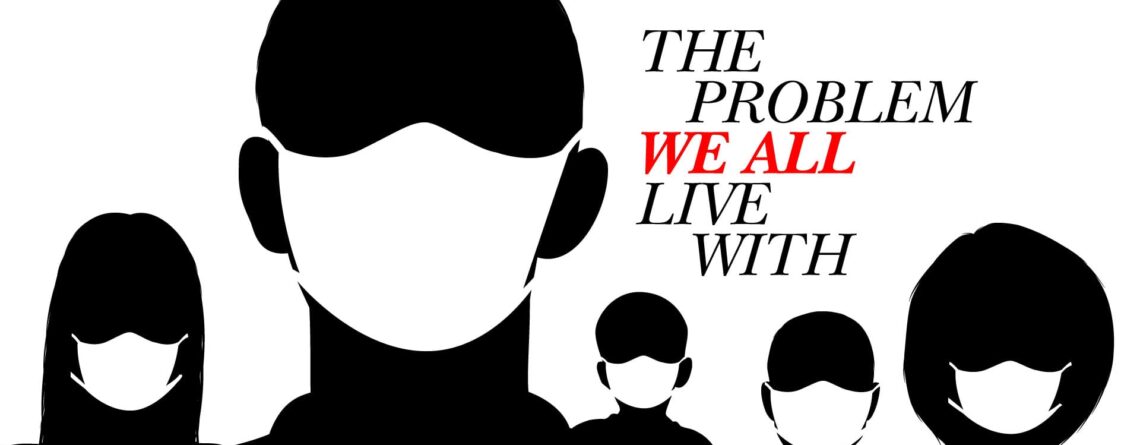



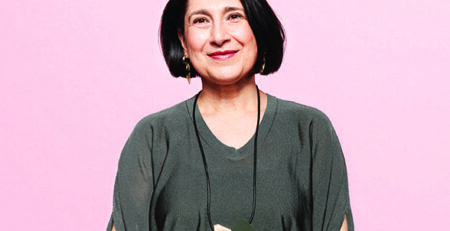

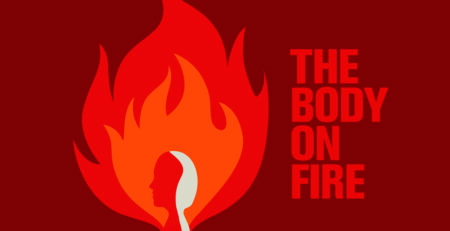
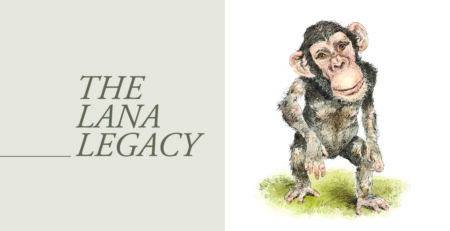
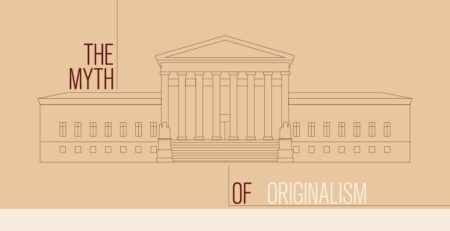


Leave a Reply